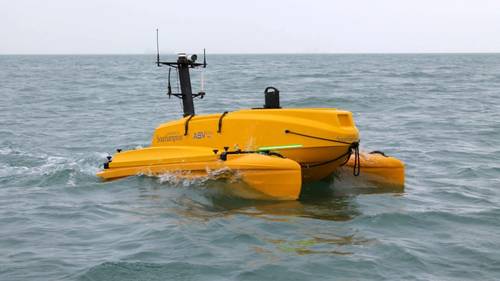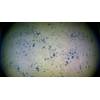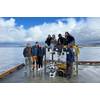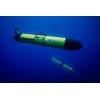The first of ASV Global’s brand-new class of C-Cat vessels to roll off the production line has been delivered to the University of Southampton. The 3-meter autonomous catamaran, funded by an EPSRC RAS Capital Award, will be used by the university for scientific research and development of autonomous behaviors.
The C-Cat 3 is “unlike any other vessel on the market,” according to Vince Dobbin, ASV Global Sales and Marketing Director. “It is small enough to easily transport and mobilize but large enough to house a range of high accuracy payloads such as a multibeam sonar.”
ASV Global said the C-Cat 3 has been developed to complement its existing oceangoing vehicles for survey and support tasks where a smaller vehicle is better suited to missions. The design incorporates a large payload bay to enable payload flexibility.
The vessel has a modular, lightweight design for ease of transport and mobilization. Its shallow draft and payload capacity make C-Cat 3 suited shallow survey and marine science applications. C-Cat 3 is powered by two electric motors and can be controlled manually or to follow preprogrammed routes that can be updated at any point through a PC based GUI.
The C-Cat 3 includes the core functionality proven in all ASV Global vessels and systems, autonomous vessel supplier said. The ASView control system gives the operator the flexibility to execute basic remote control right up to fully autonomous operations.
“We are very excited to have our own autonomous vessel which will enable us to undertake autonomy research and development,” said Dr. Jon Downes from the University of Southampton’s Maritime Robotics Laboratory. “We have thoroughly enjoyed working with ASV – they worked closely with us to ensure the vessel fitted our requirements and have delivered a robust and reliable platform ideal for autonomy research and experimentation with payloads.”
C-Cat 3
Length: 3.02m
Beam: 1.55m
Draft: Min 0.39m, max dependent on payload ~0.7m
Weight: Lightship 270kg, fully loaded 340kg
Propulsion: 2 x DC electric motors driving 3 bladed propellers
Speed: Up to 7 knots
Payload Power: 12V or 24V
Control: ASView for direct, semi-autonomous or autonomous control
Communication: Radio/satellite














 February 2025
February 2025



